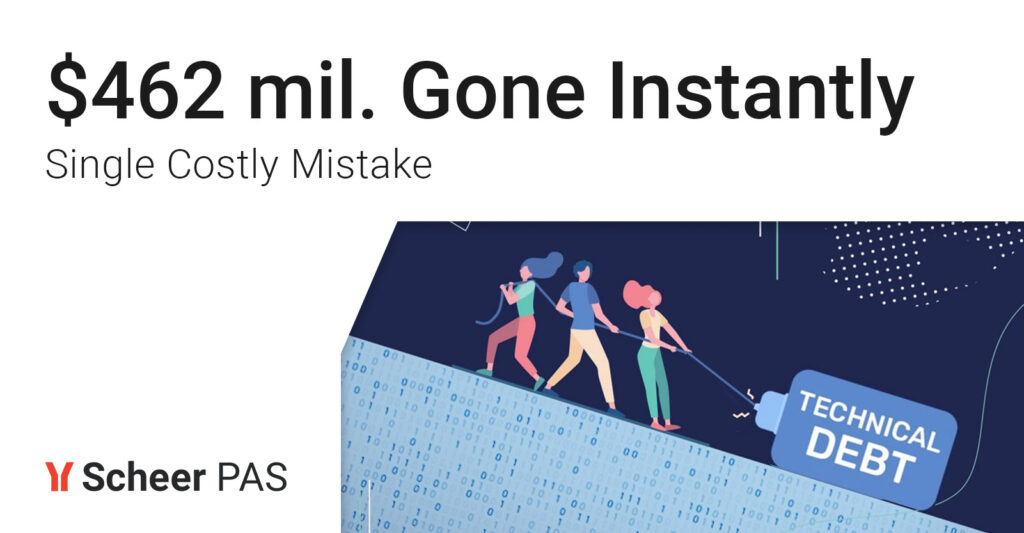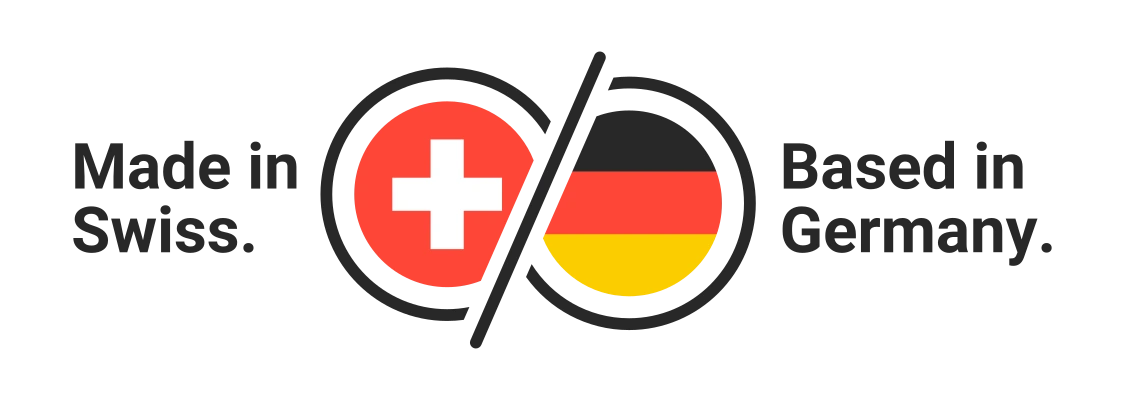When Technical becomes Financial

On August 1st, 2012, the world of high-frequency equities trading witnessed a catastrophic event that sent shockwaves through the financial industry. Knight Capital, a prominent trading firm, suffered losses to the tune of $462 million in a matter of minutes. This disaster, dubbed the “Knightmare,” was attributed to a single critical mistake by a sysadmin. Let’s delve into the events surrounding “the Knightmare” and find the key factors that led to this colossal financial meltdown. Or in other words, how can one technical debt turn into a financial one in a matter of minutes.
The Role of Automated Trading Systems

Automated systems responsible for executing high-frequency trades were at the heart of Knight Capital’s trading operations.
These systems were designed to handle vast volumes of trading activity at speeds which human traders cannot even perceive. Sounds impressive, right?
Among these systems was one called “SMARS,” which played a central role in “the Knightmare”. SMARS’ primary function was to receive “parent” orders to buy equities, which it then converted into “child” orders that executed the actual purchase of shares. Additionally, an outdated feature called “Power Peg” was lurking within SMARS, although it had not been used for years. Crucially, this feature had not been removed.
The Fatal Upgrade

In 2012, Knight Capital decided to upgrade SMARS to interface with the New York Stock Exchange’s “Retail Liquidity Program (RLP).” The objective was to replace the obsolete Power Peg code with the new RLP code. However, during the deployment of this upgrade, a critical error occurred.
A technician responsible for the upgrade failed to copy the new code to one of the eight SMARS computer servers. Tragically, there was no secondary technician to review this deployment, and no one at Knight Capital realized that the Power Peg code was still present on the eighth server. There were no written procedures in place that mandated such a review.
The Catastrophic Consequences

When the server missing the SMARS upgrade went live on August 1st, 2012, chaos ensued. Orders sent to this server triggered the outdated and malfunctioning Power Peg code. As a result, the server started generating “child” orders for significantly more shares than Knight Capital or its clients intended to purchase.
This led to extreme price fluctuations in some stocks, leaving Knight with a massive financial burden, as they held shares that nobody wanted at prices nobody was willing to pay.
Ultimately, Knight Capital incurred a staggering $462 million in losses.
The U.S. Securities and Exchange Commission (SEC) did not spare Knight Capital in its assessment of “the Knightmare”. The SEC criticized the company for its lax risk management practices and its inability to detect problematic trades. Furthermore, the poor software development and deployment process were brought into sharp focus. On top of that, Knight Capital was fined for $12 million by the SEC. (Details of which you can find HERE)
Knight Capital lacked written code development and deployment procedures for SMARS, a glaring oversight when other parts of the company had established protocols. The absence of a requirement for a secondary technician to review code deployments in SMARS only exacerbated the situation. Additionally, there were no written protocols for accessing unused code on production servers, nor were there procedures for testing such code to ensure proper functionality.
In the aftermath of the Knightmare, it becomes evident that addressing technical debt is not merely an option but a necessity for organizations operating in today’s technology-driven world. One promising solution is embarking on a journey of digital transformation using an application composition platform.
Lessons Learned

An application composition platform empowers organizations to modernize their existing applications and systems by decomposing monolithic architectures (equivalent to putting all eggs into one basket) into smaller, modular components. This transformation enables companies to eliminate technical debt gradually while creating a more flexible and scalable IT infrastructure.
By leveraging an application composition platform, Knight Capital could have taken the following steps:
- Identification of Technical Debt: The platform would assist in identifying areas of technical debt within the SMARS system, including the outdated Power Peg feature.
- Componentization: The monolithic SMARS application could be broken down into smaller, manageable components, making it easier to isolate and remove obsolete code.
- Rigorous Testing: Each component could be rigorously tested to ensure functionality and security, reducing the risk of introducing errors during updates.
- Continuous Improvement: With the ability to update components independently, Knight Capital could have continuously improved its systems, reducing the risk of catastrophic failures.
To Sum it up
The Knightmare of August 1st, 2012, serves as a stark reminder of the perils of technical debt and the critical importance of managing it effectively. To prevent such disasters, organizations must address technical debt as an ongoing priority.
Digital transformation through the use of an application composition platform represents a forward-looking solution. It enables organizations to not only manage technical debt but also adapt and evolve their technology landscape in response to changing market conditions. In the ever-evolving landscape of financial technology and high-frequency trading, digital transformation is the path forward—a way to mitigate risk, enhance agility, and ensure that a Knightmare scenario remains firmly in the past.



